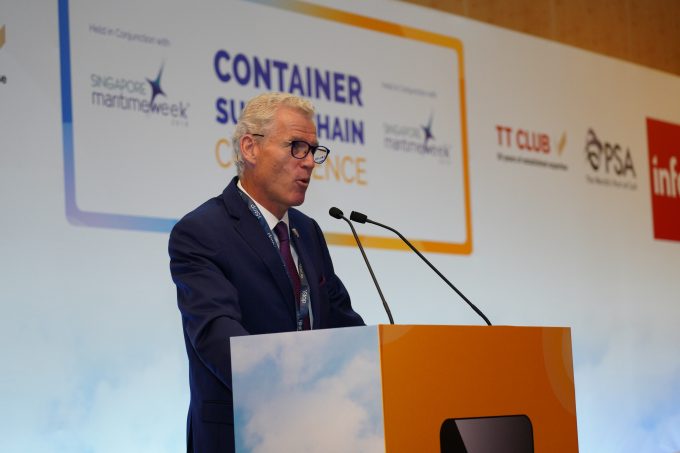Loadstar Podcast | June 2024 | Place your bets: Early peak season or ticking timebomb?
This episode, hosted by Mike King, dives deep into the challenges currently rocking the container ...

Costly empty container repositioning has been exacerbated by the US-China trade war, as more empty boxes than ever before head back to Asia.
However, artificial intelligence (AI) and the digitisation of one-way container leasing could help alleviate the shipping industry’s US$20bn empty box problem.
According to Jeremy ...

Comment on this article
Gary Ferrulli
April 17, 2019 at 2:25 pmWow, back to container shipping 101. Someone has to move the empties, someone
has to pay for them. You can’t forecast xxxxxxx loads and yyyyyyy empties moving
in one direction and not have it balanced. The head haul dictates the demand and the empty returns, else you have a mountain of empties in smaller load markets and not enough in the large load markets. TP is perfect example, one way leases won’t fix that problem.